The first computers. From ancient to modern
In modern society, it is difficult to imagine life without such a unique thing as a computer. Models and types of modern computers surprise us with their capabilities, compact dimensions, design ... But first computers were not like that at all.
Modern PCs, thanks to certain programs, can work wonders in absolutely any sphere of society. Graphic images, editing text, audio and video files, 3D modeling, image broadcasting and many other functions now seem like a common thing for a machine to work. However, this was not always the case. To present a complete picture, we propose to consider the most well-known facts from the history of electronic computers.
Photo: www-mynet-com-demo.sitemod.ioPerforming various calculations has long played a crucial role. For these purposes, various devices were used. However, the first representative of computing devices was the abacus, which first appeared in the Celestial Empire. In other ancient states, analogues of the Chinese invention were used.
The ancient Greek abacus is a processed plank with grooves for stones. In ancient Rome, they began to use a fixture made of marble. In Russia, abacus served for this purpose, which is still kept in the homes of some grandmothers. Perhaps this is just a tribute to memory or habit.
Many centuries later, the first prerequisites for improving technology and the emergence of new computing devices appeared. So, in 1642, the French mathematician B. Pascal became the initiator. Thanks to his work, the first arithmetic machine was made. The principle of its operation is based on gear wheels. The device made it possible to add even decimal numbers, which was definitely a breakthrough in this area. The inventor was proud of his brainchild and argued that the manipulations performed by the machine are closer to thought than, for example, the actions of animals.
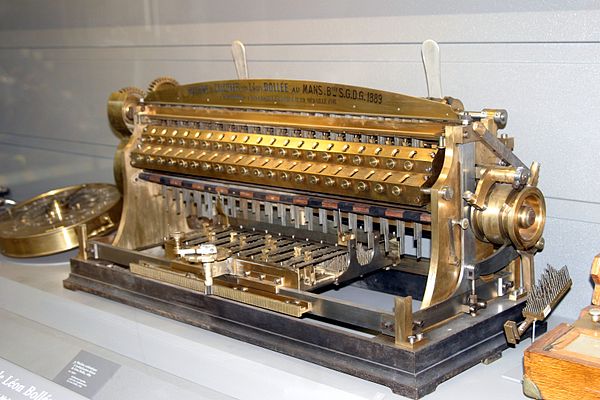 Photo: znaimo.com.ua
Photo: znaimo.com.ua The minds of the entire Old and New Worlds were focused on the issue of creating computing devices. In 1673, another novelty of that time was introduced in Germany. The German mathematician Leibniz created a machine with a more complex algorithm of actions. His brainchild was already able to perform basic mathematical calculations.
1823 was marked by the emergence of a new project. It is associated with the name of Charles Babbage, who put forward the idea of creating a universal calculating machine, which would be based on a clear automated algorithm - a program. Perhaps, thanks to England, a new period in the development of computer technology began. However, despite all the efforts in achieving the goal, the idea was not destined to come true.
To create such a device, a special programming language was developed. Its author is Ada Lovelace, after whom it was named. For the production of the device, special components were needed, which could not be purchased at that time. However, by 1940, they still managed to create a similar computer operating on an electromechanical relay and on the principle of mathematical logic.
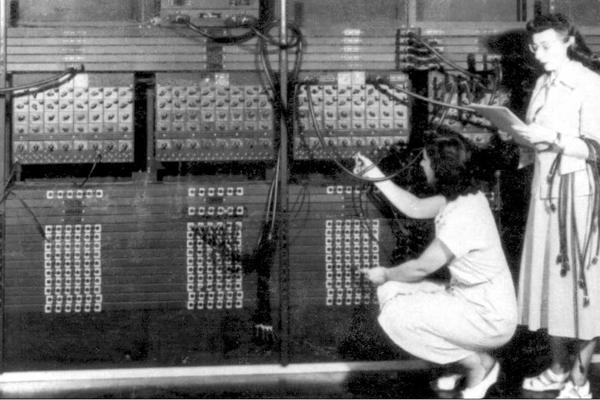 Photo: dost.baria-vungtau.gov.vn
Photo: dost.baria-vungtau.gov.vn The 40s of the XX century were marked by a rapid leap in history computer engineering. In parallel with the release of software devices for computing, the world's first electronic computer appeared, the work of which was based on radio tubes.
In the United States, John Mauchly and J. Presper Eckert the following year, after the end of World War II, presented a new invention called Eniac, in the creation of which John von Neumann participated. Thanks to his merits, the main components of the computer were adopted. They continue to form the basis of modern computers.
Initially, the computer was created for the needs of the army. She was supposed to be at the disposal of the armed forces in order to calculate the ballistic trajectory of projectiles and create new ballistic tables. All kinds of resources and departments were involved in the development of the project to speed up the process. However, it was approved only in 1943. In this regard, the model came out already in the post-war period. But despite this, the computer has proven itself well in many civilian industries.
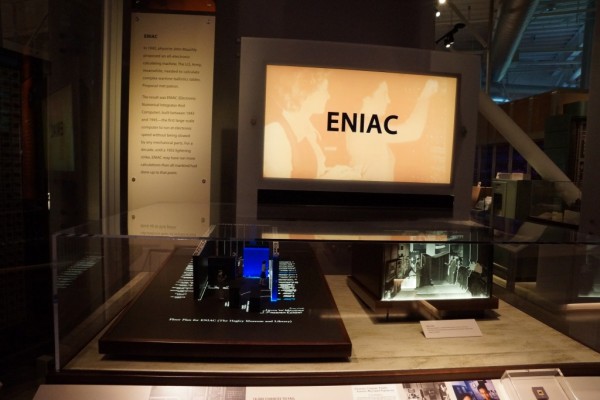 Photo: vilne.org.ua
Photo: vilne.org.ua Work on the creation of computers was also carried out in other countries. So, in England, a prototype computer appeared in 1949. The USSR presented two versions of the miracle of technology at once: in the 50th year of the 20th century, a small electronic computer appeared, and two years later, its larger variation.
The first computers required a lot of effort to operate - a large number of workers served only one machine. Moreover, the maintenance of such equipment meant high financial costs due to the frequent failure of vacuum tubes, which were not cheap and were located on devices in large numbers. In addition, the dimensions of the first computers were so large that they occupied an entire room. Therefore, they became available only to a few organizations.
By 1948, a solution was found to replace vacuum tubes with more compact transistors and memory-providing circuits operating on magnetic cores. This innovation has significantly reduced the size of the machine. Already in the 60s, a more compact version of the PDP-8 technology was introduced. It was produced by DigitalEquipment.
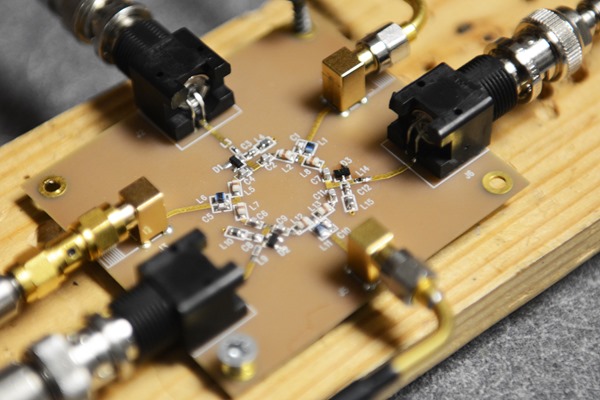 Photo: encontreaquinoreca.com
Photo: encontreaquinoreca.com Another innovator was an employee of Texas Instruments. At the workplace, he came up with the idea of creating an integrated circuit from semiconductors. Jack Kilby decided to put all the elements of the circuit on one board. Having put forward his proposal to the authorities, he received approval.
The first prototype looked nondescript and was a thin product made of germanium with built-in elements of an electrical circuit that served to convert direct current to alternating current. The connections of the parts were made using overhead wires, for the manufacture of which metal was used. This model was made by the inventor manually, but made an impression, and after some modifications, serial production was planned.
The company was in no hurry to patent the invention. Only on February 6, 1959, the registration of the patent was completed. Oddly enough, there were a lot of rumors around the development of computer technology - due to the great competition, everyone was in a hurry to announce their inventions first. For Texas Instruments, that competitor was RCA.
However, Robert Noyce from California, being a representative of Fairchild Semiconductor, also proposed a similar idea and in the spring of that year hurried to patent his invention. Here, in contrast to Kilby, the connection of the system components in the circuit was thought out in more detail. Despite many disputes, or perhaps to avoid them, in 1966 both inventors recognized equality in the use of copyright.
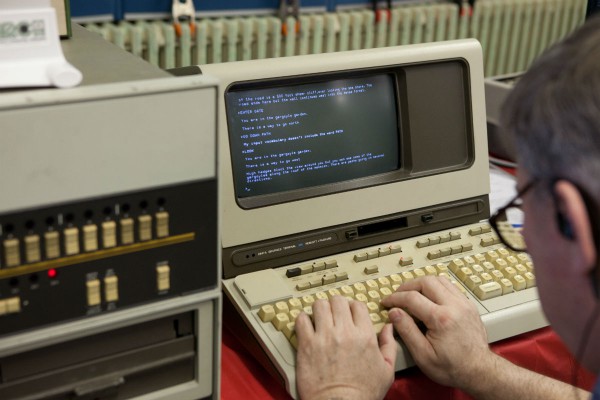 Photo: deluxebattery.com
Photo: deluxebattery.com Integrated circuits are the most important step towards the personalization of computers. To implement this plan, it remained to solve the issue of reducing the size of the processor. Based on the same chip, the inventor Hoff created a miniature copy of the brain of a large computer. However, unlike its predecessor, the capabilities of the microprocessor were very modest.
The improvement process has begun. The processors for the new computers were manufactured by Intel. Since 1970, the invention has undergone a number of changes. In the shortest possible time, the Intel-4004, which processes only 4 bits of information, was replaced by Intel-8008 and Intel-8080 - 8-bit.
In 1974, several firms decided to invent a new mini-computer using the modern Intel-8008 processor. They claimed that this machine would do what the mainframe was capable of. 1975 was marked by the appearance of the first new PC Altair-8800, working "under the guidance" of the Intel-8080 microprocessor.
 Photo: csef.ru
Photo: csef.ru It is worth noting an important fact: chronologically, Altair was not the earliest device among representatives of computer technology. Already in 1974, two models of computers Scelbi-8H and Mark-8 were released. However, due to historical injustice and lack of financial support, these models remained in experimental status and were not put on the production line.
The MITS company, which released the IBM Altair-8800, supplied new machines by mail in the form of component parts, that is, for further operation it was necessary to solder all the components of the device on their own. When assembled, the machine was a block with toggle switches and indicator lights. To work with it, it was necessary to study the binary coding system in the form of combinations of ones and zeros. In addition, the amount of RAM was only 256 bytes.
The inventor of such a miracle was Ed Roberts. However, he could not even imagine that his invention would be in great demand among the population. Roberts expected to supply the market with up to 200 units of equipment per year, but this figure was already exceeded on the first day of orders.
 Photo: preobr.vaonews.ru
Photo: preobr.vaonews.ru In the original invention, many devices were missing, for example, a disk drive. However, this did not prevent the invention from being in great demand. Later, IBM owners began to independently supply the computer with additional components, such as a monitor. Paul Aplen and Bill Gates composed "Basic" in 1975. This interpreter made it possible to greatly facilitate the communication of the user with the computer.
Over time, computers began to be produced already complete with input / output devices. The use of programming languages also made it possible to create specialized programs that perform specific tasks. For example, in 1978, the well-known WordStar text editor was released.
It was noticed that in many areas of activity, new machines did an excellent job with the tasks that mainframes performed. Demand for the improved Altair has grown significantly. Along with this, large computers, as well as their mini-versions, began to be needed less. This fact made the main manufacturer and supplier of computers at that time, International Business Machines Corporation, worried.
 Photo: rcp.ijs.si
Photo: rcp.ijs.si As an experiment, the company decides to produce personal computers. Since there was little time to develop something completely new, and it would cost a lot of money, it was decided to use ready-made blocks and components.
In August 1981, the IBMPC was introduced. There were concerns about the presence of demand for it, but despite this, the company simply did not have time to produce the first computers that were already similar to modern ones.
The latest 16-bit Intel-8088 microprocessor was used as the main component of the computer. Thanks to this, the amount of RAM was increased to 1 MB. Another innovation was the use of software from Microsoft.
Modern technologies do not stand still. Every day more and more new models appear on the market. The first computers are now collecting dust in museums. However, all the superiority of computer technology now available is the merit of many years of work and experience.
That's all we have . We are very glad that you have looked at our site and spent some time enriching yourself with new knowledge.
Join our



